Paulette Goddard Camellia Japonica – 3 Gallon Pot
$73.85 Original price was: $73.85.$51.70Current price is: $51.70.
SKU: D2LSC 4426401806 Category: Camellias
- Fast and Secure Payments
- Shop with Peace of Mind
- Get the quality you deserve, for less.
- The home of quality products.

Paulette Goddard Camellia
Camellia japonica ‘Paulette Goddard’
Plant Details
USDA Plant Hardiness Zones: 6b-9b (10?) Find Your Zone
Plant Type: Evergreen Flowering Shrub
Species: Japonica (Late Winter, to Spring blooming)
Height at Maturity: 8-12′
Width at Maturity: 6-8′
Spacing: 6′ for solid hedges; 12’+ for space between
Spacing: 6′ for solid hedges; 12’+ for space between
Flower Color: Red
Flower Size: Large, 4-5″
Flowering Period: Late Winter, Early Spring
Flower Type: Formal Double
Fragrant Flowers: No
Foliage Color: Dark Green
Fragrant Foliage: No
Berries: No
Berry Color: NA
Sun Needs: Morning Sun with Afternoon Shade or Filtered Sun, All Day Filtered Sun
Water Needs: Average, Lower when established
Soil Type: Clay (amend heavy clay to ensure good drainage), Loam, Sand, Silt
Soil Moisture / Drainage: Moist But Well Drained; Drought t9olerant when established
Soil pH: 5.0 – 6.5 (Acid)
Maintenance / Care: Low
Resistances: Deer – more info, Drought (when established), Heat, Humidity
Intolerances: Direct Afternoon Sun, Constantly Soggy Soil
Attracts: Visual Attention
Description
An extremely rare and oldie-but-goodie introduced in 1944 by Middleton Place Gardens in Charleston, SC, ‘Paulette Goddard’ is one of the most cold hardy of the Camellia japonica cultivars we’ve come across. Based on some historical research on this variety we’ve found it tolerates winter low temperatures to at least USDA Zone 6b. Perhaps part of the reason for this is that the gorgeous peony to anemone form red flowers open mid through late spring in cooler climates, which helps to avoid damage from cold temperatures. Color can range from deep red to a deep pinkish-red with some petals possibly have white markings. An upright, dense and moderate grower that can reach 8 feet tall and 5 feet wide at 10 years of age, Paulette Goddard can be grown as a large shrub or lower branches can be removed to form a highly attractive evergreen tree. The 5-inch diameter flowers are perfect for cutting and enjoying indoors in a vase or floating in a bowl.
Landscape & Garden Uses
A tall growing Camellia with an upright habit of growth to 10 to 12 feet tall and 8-10 feet wide over time, the Paulette Goddard Camellia can be grown as a shrub or small tree. As a shrub, it is ideal for use as a specimen, in groupings, or as a hedge or background plant. It is especially nice as a corner plant or espalier (trained to grow flat against a wall) in home foundation plantings. As it grows, lower branches can be removed to form a small tree that serves well as an attractive and colorful specimen in landscape borders and home foundation plantings. A fine addition to lavender, red color theme gardens, camellia gardens, cottage gardens, cut flower gardens and woodland borders.
Suggested Spacing: 6 feet apart for solid hedge; 12 feet apart for space between plants
Growing Preferences
Camellia adapt well to various soil types however prefer a moist but well-drained acidic soil that is rich in organic matter. Constantly soggy soil is a slow killer. In general, Camellia grows and blooms better in partial shade with some shelter from the hot afternoon sun. Morning sun with afternoon shade or filtered sunlight is perfect. All-day filtered sun is fine.
Helpful Articles
Click on a link below to find helpful advice from our experts on how to plant, fertilize, prune and water Camellias…
- Planting Camellias
- Pruning Camellias
- How To Fertilize & Water Camellias
- How To Espalier Plants & Trees
*Espalier (pronounced: ih-spal-yay) …an ornamental shrub or tree that has been trained to grow flat against a wall, fence, or other vertical, flat surface.
Plant Long & Prosper!
Meet The Wilson Brothers & Staff
Questions? Contact Us
Be the first to review “Paulette Goddard Camellia Japonica – 3 Gallon Pot” Cancel reply
Related products
-49%
-30%
-30%
-30%
-30%
-30%
-30%
-30%


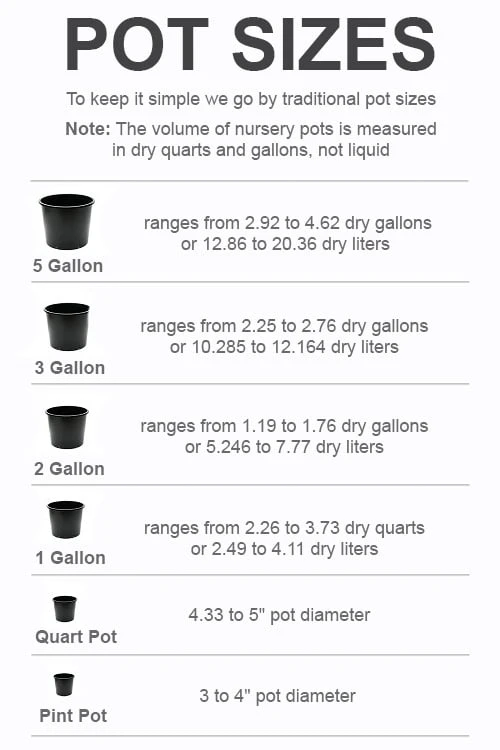
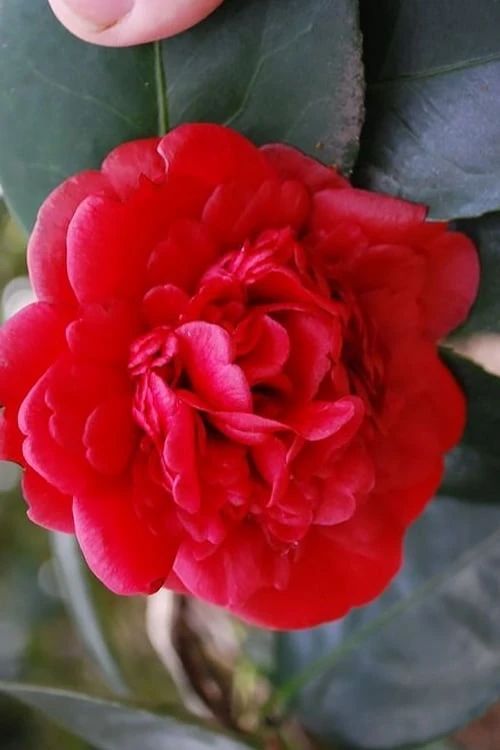

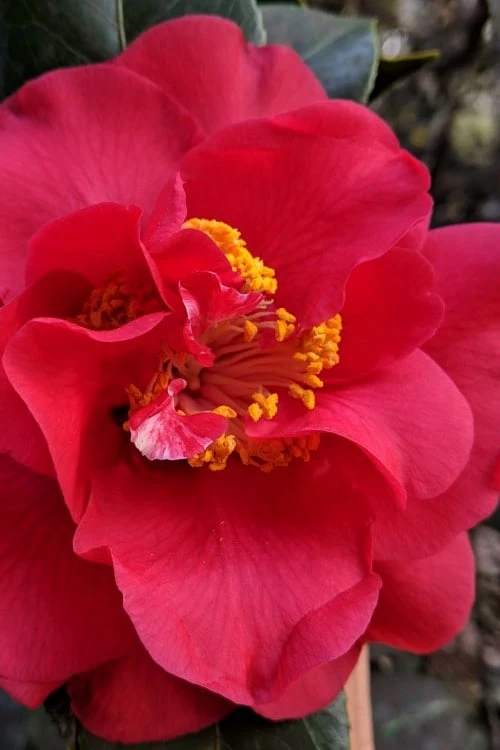
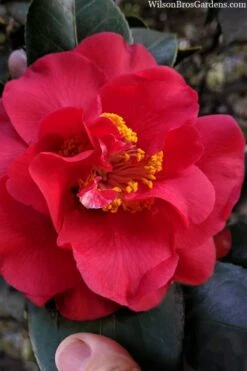
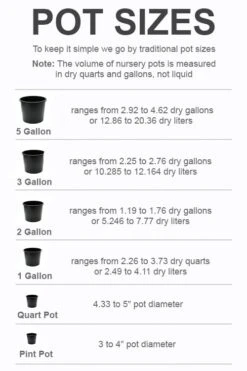
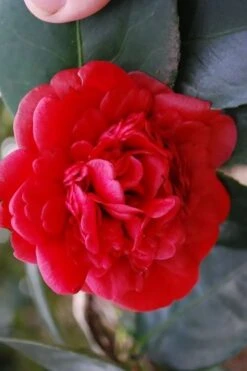
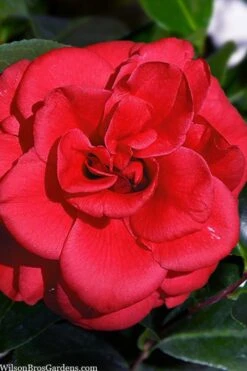
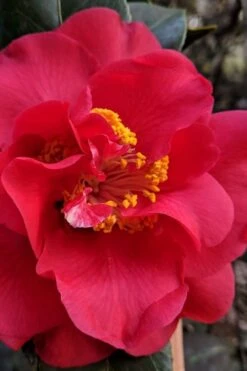


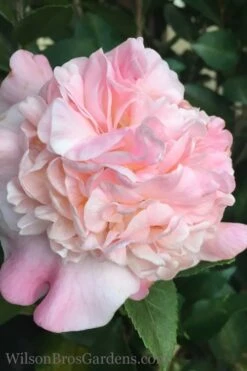

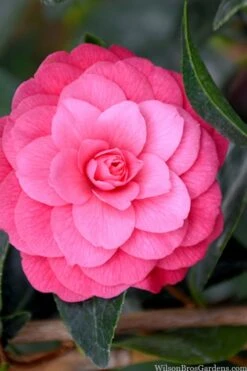
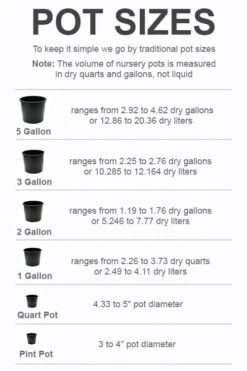



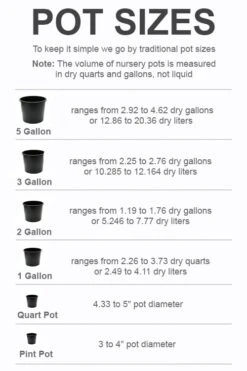

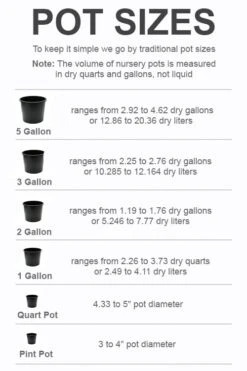
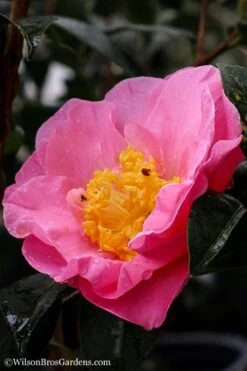
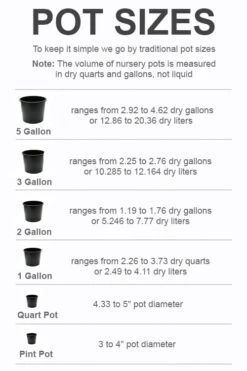

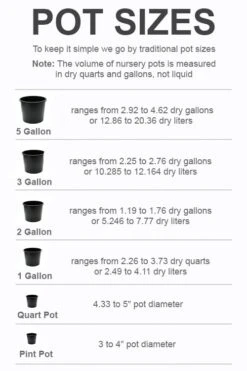
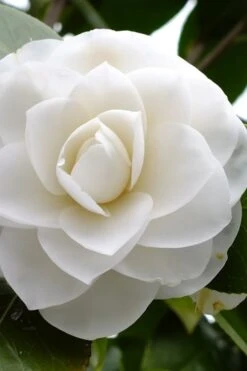
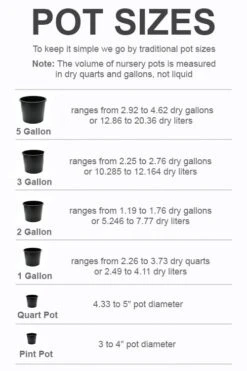
Reviews
There are no reviews yet.